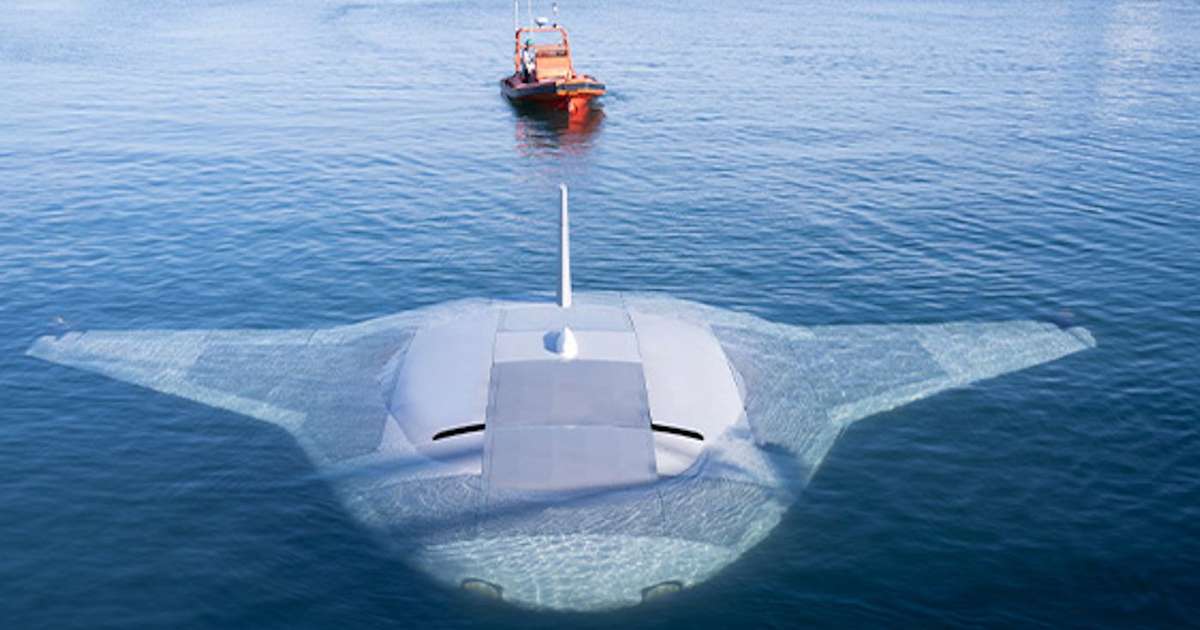Astronomers have discovered a “super-Earth” orbiting a dwarf star. The discovery, made by NASA's TESS mission and released in January of this year, holds more than just similar sizes to our planet: a super-Earth would be close enough to its star, putting it in the habitable zone (when there is a temperature Suitable for keeping water in a liquid state on its surface), according to CNN. A smaller Earth-sized planet is also thought to orbit the star.
- Understands: The famous “tallest dog in the world” has his title stuck in the Guinness Book of Records
- Pedicure for pigs: Discover the new trend in France
Its name is TOI-715bThe super-Earth orbits a red dwarf star, which is cooler and smaller than the Sun, and takes only 19 days to make a complete translation motion. Because it is in a suitable location, researchers believe that TOI-715b is located in a habitable zone. The area is generally calculated taking into account factors such as the star's size, temperature, and mass, as well as how much of its light is reflected by objects orbiting it.
However, Georgina Drensfield, a postdoctoral researcher and lead author of the study, explained that there may be large margins of error associated with the factors mentioned, which directly affects the classification.
Fortunately, astronomers believe that TOI-715b is located in a closer, more favorable region around its star, which puts it in a more defined category that is less susceptible to the margin of error – the habitable zone.
– This discovery is exciting because it is the first TESS Super-Earth to be found within the habitable zone – Dransfield told CNN, adding: – In addition, since it is relatively close, the system is well suited for future atmospheric investigations.
- See more: A study revealed that moths are not attracted to the brightness of light bulbs as previously thought; Understands
Then, of course, it's a different matter of perspective: TOI-715b is located 138 light-years from Earth. To give you an idea, one light-year is equivalent to about 9.46 trillion kilometers.
he-goat
NASA launched the Transiting Exoplanet Tracking Satellite (TESS) in 2018, with the specific goal of finding Earth-sized planets orbiting nearby stars.
According to El Nacional magazine, this satellite collects data from space objects through the shadow they generate when they pass in front of the star.
Normally, it is necessary for an object to make three forward passes to be identified as an exoplanet and to determine its orbital period.
- United nations: In Albania, 25% of families perform abortions to avoid having a second daughter
In this case, since its launch, TESS has helped astronomers find these celestial objects, which are very exciting to observe using ground-based and space-based observatories. Once TOI-715 is found, for example, scientists can move on to new investigations using other instruments.
One is the Webb Telescope, launched in December 2021, which “looks” for planetary atmospheres and can even detect their composition using infrared light, which is invisible to the naked eye. In this context, understanding whether a planet has an atmosphere or not can give more clues about its properties and even whether it is likely to be habitable.
“We really want to know the mass of the planet with high precision to understand whether it is a true super-Earth or a member of the new class of oceanic worlds,” Dransfield told the American News Network, referring to the moons with global oceans. Such as Europa, Jupiter, or Saturn's Enceladus. – This will allow us to shape our subsequent investigations and learn more about the demographics of exoplanets as a whole.
- Activists criticize the decision: A brown bear was killed in Italy after it chased a couple in a forest park
The researcher explained that in the case of the second planet, which will be the size of Earth, it will still be necessary to conduct further research into its orbit. She notes that, if proven to exist, this would be the smallest planet TESS has found in a habitable zone since its exploration.
Orbiting a dwarf star — the most common in our galaxy — could transfer enough heat to make the planet habitable. However, it is also necessary to check whether these planets are vulnerable to stellar explosions and radiation, which could erode the atmosphere and thus undermine the planet's ability to support life.
The researcher explained to CNN that in the case of the star TOI-715b, only a few explosions have been detected in recent years and it is not considered active, which makes it an old star.

“Incurable thinker. Food aficionado. Subtly charming alcohol scholar. Pop culture advocate.”

/https://i.s3.glbimg.com/v1/AUTH_bc8228b6673f488aa253bbcb03c80ec5/internal_photos/bs/2024/m/5/WUD7D5S9Su2b0yPB1eUA/agif24020822504316.jpg)




:strip_icc()/i.s3.glbimg.com/v1/AUTH_1f551ea7087a47f39ead75f64041559a/internal_photos/bs/2024/J/3/AFaaMYREO0VDQSXuDBqw/captura-de-tela-2024-02-08-180344.png)
More Stories
A pair of tigers impress fishermen on the Aquidoana River
iPhone battery runs out quickly? See 7 tips to solve it
Rumor: Tomb Raider returns to the open world